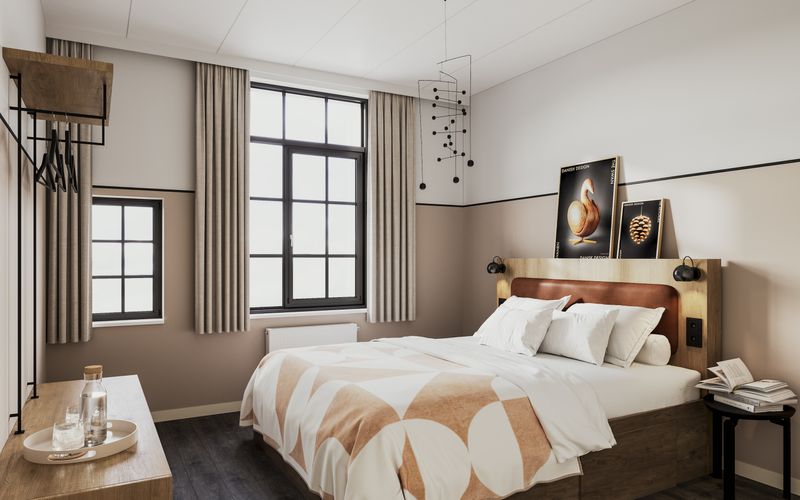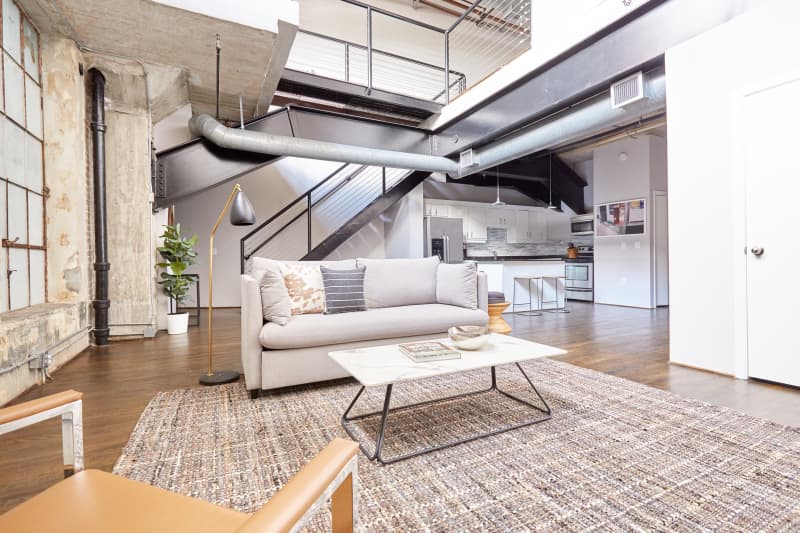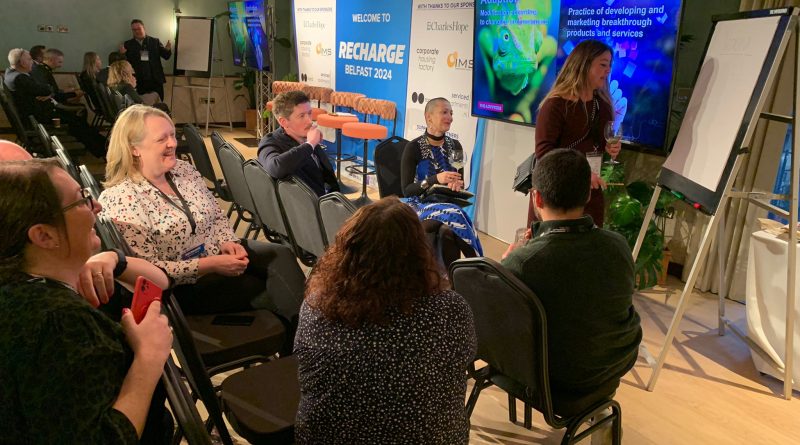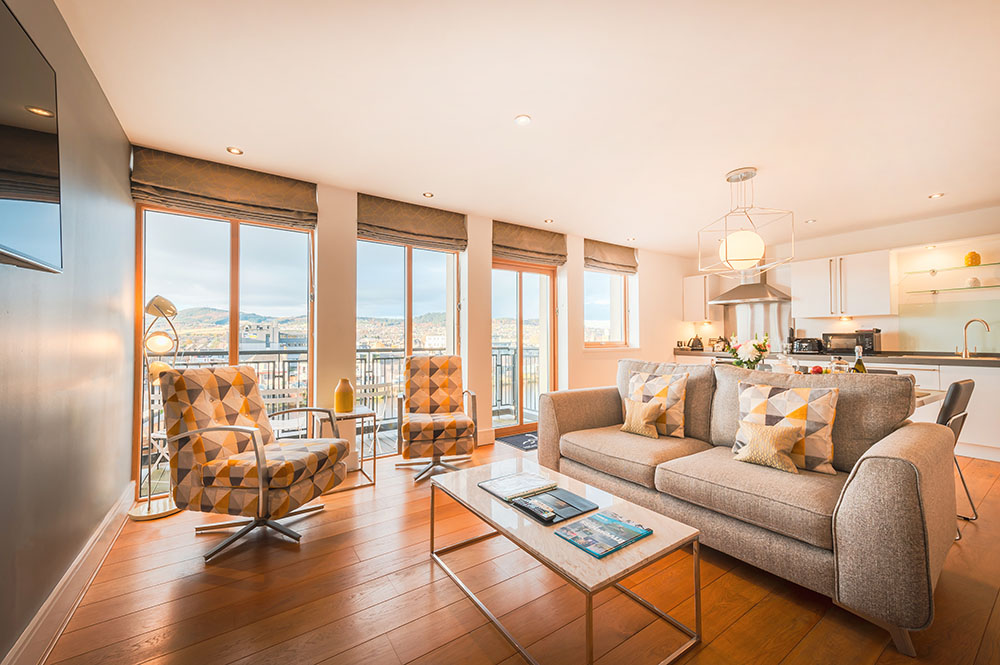
Chris Graham, managing director of Graham Associates and author of Branded Residences: An Overview, tells SAN about this evolving asset class.
• What distinctive services or characteristics define the branded residence experience?
“There is an ever-growing list of services and facilities that developers are incorporating in their branded residential offerings, ranging from concierge, housekeeping services and at home dining to wellness and fitness centres, in-house cinemas, golf simulators, wine storage and private lounges. In many cases, these are brand standard requirements; due to increasing competition, the need to differentiate, and changing expectations of buyers, it is the brands which are increasing the range of services they offer.”
“Additionally, other brand associations such as branded spas, Michelin starred restaurants, award-winning interior designers and ‘starchitects’ can further enhance the offer. However, rather than simply providing more five-star-plus facilities and services, the focus has shifted increasingly towards creating more personal and emotional engagements with residents, mirroring trends in the hospitality sector.”
“Over and above these are the inherent quality assurance and associated lifestyle that a particular brand can bring – together with its established customer base of followers. There is the added convenience of owning a ‘lock up and go’ home that owners can be confident will be kept secure and professionally maintained to the brand’s quality standards, as well as the assurance that the brand helps to attract tenants, to generate valuable income when they are not in residence.”
“Whilst buyers’ priorities remain consistent in terms of prime location, superior design and access to world-class amenities, leading designers of branded residences such as Luciano Mazza at HKS and John Hitchcox at YOO also talk about creating ‘modern day communities’ – basically an exclusive residents’ club of like-minded people. The balance has certainly shifted towards the intangible/non-physical elements, so an established luxury or hospitality brand is well placed to inject a distinctive range of design, lifestyle and emotional benefits that are associated with that brand.”
• How much higher can the bar be raised for ‘luxury’ – or is it becoming meaningless, being so overused?
“Interbrand’s Rebecca Robins was spot on when she observed that the definition of luxury has become so diluted that it is becoming meaningless. We used to be content with five stars, yet today we have hotels that claim to be six- and seven-star – so what in the future might 10-star look like? This is especially true in real estate, as almost every residential development that launches today is promoted as ‘luxury’. Design, innovation, and technology continue to expand the boundaries and present fresh opportunities for developers, notably around sustainability and smart homes, which are rapidly becoming standard.”
“Additionally, post-Covid I’d expect personal space and security, privacy, and access to private leisure facilities, to become important aspects of residential luxury. I also believe that the standards of hygiene will become a major aspect of what is considered ‘luxury’. We’re already seeing this in hotels, so it is surely inevitable that branded residence owners should equally want to feel safer, in the knowledge that the operator applies the same cleaning protocols to the residential common areas.”
• What are the most common challenges faced by developers building branded residences?
“There are innumerable challenges that a developer faces, and every project brings its own unique set. I would say that securing the best location, choosing the most appropriate brand, and ensuring that the residences are designed to suit the local marketplace rank pretty high. On this last point, developers often select an operator after the design concept is well advanced, so in such cases marrying up the design to accommodate the operator’s – often rigid – brand guidelines can present issues. The brand guidelines cover FF&E, décor, room sizes and leisure facilities so, for example, there may be cases where the residences end up being too large or too over spec’d for the local market, becoming too expensive and uncompetitive on a comparable per-square-foot basis. However, this isn’t always an issue; setting new standards for luxury homes in an emerging destination such as Almaty and Belgrade can achieve massive price premiums of over 100 per cent.”
• Do you think branded residences should respect and reflect their environments by incorporating local design, architectural and material influences?
“There is no right or wrong way as every development is different, but in my experience developers and architects are generally sympathetic to the local environment and try to incorporate locally sourced materials and influences wherever possible. To what extent is often dictated by the location, the target audience and, of course, the selected brand. Not all brands – especially those with a distinctive design style like Versace or W – are suited to a particular location, which is why the likes of Marriott and Accor are expanding their portfolio of brands so that they are able to provide developers with a range of options. I heard about an extreme example in which a developer moved an entire village across to his new resort site to achieve total authenticity!”
• In your report you quote Ricco de Blank of SHKP Hotels (which owns two Ritz-Carltons, a St. Regis and a W Hotel), who observed that “80 per cent of CEOs believe their brand differs from the competition, but only 20 per cent of customers agree with that.” This seems to suggest a major disconnect between perception and reality?
“This quote neatly emphasises a key point that I highlight in the report about the importance of differentiation. Branded residences that present a clearly defined offer and lifestyle that genuinely resonate with buying audiences stand greater chance of success than those that do not. There is now such a proliferation of brands competing at different levels of the market seeking to attract various audience segments, each trying to carve out a unique identity and positioning.”
“However, even to industry professionals their brand positioning statements seem to overlap, and if we struggle to understand what one brand represents over another then how can potential purchasers be expected to do so? Piers Schmidt at Luxury Branding Consultancy, who has worked on numerous iconic hospitality brands around the world, found that a high proportion of hotel brand slogans employ very similar claims and sound bites, which he described as ‘buzzword bingo’. This is where professional marketing plays an important role, by packaging and presenting the offer so that it clearly stands out from its competitors – and for the right reasons.”
• With so many branded residences appearing in destinations across the world, do you think any could ever reach a saturation point where the exclusivity of branded residences becomes devalued?
“Branded residences achieve a generous price premium over comparable non-branded homes because of the exclusivity and kudos that the association with the brand offers. In its truest sense, luxury means rarity and exclusivity. As such, in a market that risks becoming saturated with comparable high-end branded residences, the perceived status of one brand over its neighbours remains major factor; otherwise exclusivity is then defined largely by those same aspects that apply to non-branded residences, such as the desirability of the location and the quality of the amenities.”
“In practice, it depends on the prevailing market fundamentals. In Thailand and Dubai, for example, branded residences are becoming so prolific that they are no longer the exception, which can put pressure on price premiums. However, a key consideration for developers is sales velocity, which directly impacts upon financial performance; brands can help to generate a faster pace of sales, particularly when selling internationally, and this should continue to apply in markets where luxury branded residences are commonplace and price premiums are declining.”
• Are we seeing a shift from branded resort residences towards branded urban developments?
“Branded residences had been around in North America for many years before the global industry woke up to the benefits that they offer, as developers realised that they could benefit from a substantial price premium and faster sales absorption rate by partnering with a respected brand. Surprisingly, the first international resort branded residences didn’t appear until the 1980s. Since then, the phenomenal growth has been driven by demand from HNWI consumers seeking high-end residences with the convenience of five-star hotel services in their own homes, plus the confidence that the association with an established luxury brand delivers.”
“These fundamentals apply equally to resort and urban developments but, in contrast with resort destinations, the lack of availability and high cost of purchasing prime central urban land, combined with prevailing strong demand for luxury city homes meant that urban developers in established markets did not see the need to partner with a brand – especially with the added price premium this would incur. The UK and Australia are examples of this. However, as markets soften, competition increases and the bar is raised higher, the branded option presents a compelling route for more quickly achieving a strong market presence, differentiation and sales momentum.”
• In cases where the arrangement between the owner/developer and the brand operator is terminated, what generally are the reasons behind the termination?
“Fortunately this is not a common occurrence, but in those cases when it does happen this is caused by a failure by the developer or operator to perform its obligations, a breach of contract, or a risk of causing damage to the brand. For example, if the facilities and common areas of the branded residences are not maintained to the required standards, or customer feedback ratings such as Tripadvisor fall below a certain level, this can give the brand operator the right to terminate the association. Of course, this has significant repercussions for the residence owners and the value of their properties, so buyers need to be aware of their potential exposure in such circumstances. In most cases, all parties usually pull together to try to resolve the issues and avoid termination.”
• Finally, what trends do you foresee in the branded residences sector?
“Based upon research and discussions with eminent market professionals around the world, I have highlighted some noteworthy trends in my reports over the past few years, including:
• Continuing sector expansion in terms of the number and range of brands.
• A shift away from luxury and the emergence of lower star rated hotel brands.
• The rapid expansion of branded residences into new destinations across the globe.
• Wellbeing and positive ‘healing’ environments will become mainstream.
• Less focus on ‘tangible’ elements, more on emotional connections and experiences.
• Responsible luxury: Sustainability is no longer just ‘nice to have’.
• Premiums being squeezed in developed markets facing greater competition.
• More standalone branded residences, mostly in an urban environment.
• The emergence of residential lifestyle brands for specific demographic segments (e.g. retirement, sports).
Additionally I would expect that, as the sector becomes more established, buyers’ expectations will focus increasingly on a brand’s operational and management capabilities. And, of course, post-Covid it is impossible to ignore the importance of hygiene and cleanliness standards.”
Complimentary copies of Chris Graham’s 56-page report Branded Residences: An Overview are available for download at www.gagms.com










